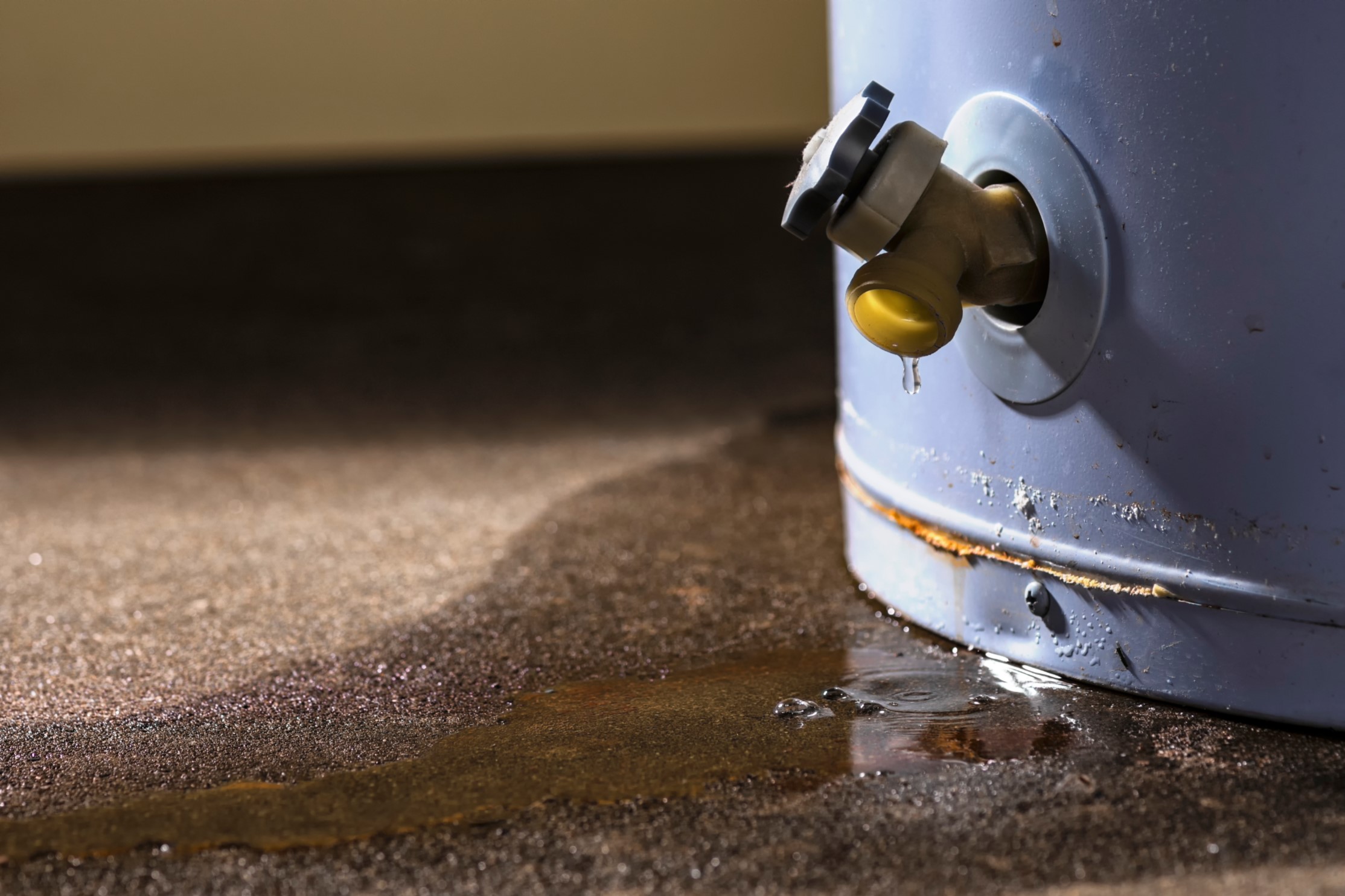Steps on How to Care for Your Home's Hot Water System Effectively
Steps on How to Care for Your Home's Hot Water System Effectively
Blog Article
Presented here down the page you'll find lots of sound points relating to What Kind of Maintenance Do Water Heaters Need?.

Hot water is important for everyday comfort, whether it's for a revitalizing shower or cleaning meals. To ensure your warm water system runs effectively and lasts longer, routine maintenance is key. This article gives sensible tips and understandings on exactly how to maintain your home's warm water system to avoid disturbances and expensive repairs.
Intro
Preserving your home's hot water system may seem overwhelming, however with a few simple actions, you can ensure it runs smoothly for many years to come. This overview covers everything from recognizing your hot water system to do it yourself maintenance pointers and understanding when to call in expert help.
Relevance of Preserving Your Warm Water System
Regular upkeep not only prolongs the life-span of your warm water system yet likewise ensures it operates successfully. Overlooking upkeep can lead to lowered efficiency, greater energy costs, and even premature failing of the system.
Indications Your Warm Water System Requirements Upkeep
Knowing when your hot water system requires focus can stop significant issues. Watch out for indicators such as inconsistent water temperature, odd sounds from the heating unit, or corroded water.
Understanding Your Warm Water System
Prior to diving right into maintenance tasks, it's valuable to understand the fundamental elements of your warm water system. Typically, this includes the water heater itself, pipes, anode poles, and temperature controls.
Monthly Maintenance Tasks
Routine regular monthly checks can aid capture small concerns before they intensify.
Flushing the Water Heater
Purging your hot water heater gets rid of debris buildup, improving efficiency and extending its life.
Checking and Replacing Anode Rods
Anode poles stop corrosion inside the tank. Examining and replacing them when worn is vital.
Evaluating and Readjusting Temperature Level Setups
Changing the temperature level settings ensures optimum performance and safety.
DIY Tips for Maintenance
You can perform several upkeep jobs on your own to maintain your warm water system in leading problem.
Checking for Leaks
Frequently examine pipes and connections for leaks, as these can result in water damage and greater expenses.
Evaluating Pressure Alleviation Valves
Examining the stress safety valve ensures it functions appropriately and protects against extreme pressure accumulation.
Protecting Pipes
Shielding warm water pipes reduces warmth loss and can save power.
When to Call an Expert
While DIY upkeep is helpful, some problems require specialist know-how.
Facility Problems Requiring Specialist Assistance
Examples consist of major leakages, electric issues, or if your water heater is constantly underperforming.
Routine Specialist Maintenance Benefits
Expert upkeep can include detailed assessments, tune-ups, and guaranteeing conformity with security standards.
Verdict
Routine maintenance of your home's hot water system is crucial for performance, long life, and expense financial savings. By following these pointers and understanding when to look for professional aid, you can guarantee a trustworthy supply of hot water without unforeseen disruptions.
How to Maintain an Instant Hot Water Heater
Before tinkering with your hot water heater, make sure that it’s not powered on. You also have to turn off the main circuit breaker and shut off the main gas line to prevent accidents. Also turn off the water valves connected to your unit to prevent water from flowing into and out of the appliance. 2. When you’re done, you have to detach the purge valves’ caps. These look like the letter “T†and are situated on either side of the water valves. Doing so will release any pressure that has accumulated inside the valves while at the same time avoid hot water from shooting out and burning your skin. 3. When the purge valves’ caps are removed, you have to connect your hosing lines to the valves. Your unit should have come with three hoses but if it didn’t, you can purchase these things from any hardware or home repair shops. You can also get them from retail stores that sell water heating systems. Read the user’s manual and follow it to complete this task properly. When the hosing lines are connected, open the purge port’s valves. 4. You should never use harsh chemical cleaners or solutions when cleaning your unit. Make use of white vinegar instead. It should be undiluted and you’ll probably use about 2 gallons. 5. Now flush your water heater. This task should probably take about 40 minutes. We can’t give you specific directions for this because the procedure is carried out depending on the type, model and brand of your heater. With that being said, refer to the user’s manual. 6. When you’re done draining the unit, you have to turn off the purge port valves again. Remove the hosing lines that you earlier installed on each of the water valves. Put the valve caps (purge port) back in their respective places and be very careful so as not to damage the rubber discs that are found inside these caps. 7. Now that everything’s back in place, check your user’s manual again to find out how to reactivate your water heating system. 8. Once it is working, turn one of your hot water faucets on just to let air pass through the heater’s water supply pipes. Leave the tap on until water flows smoothly out of it. https://www.orrplumbing.com/blog/2014/september/how-to-maintain-an-instant-hot-water-heater/

We hope you enjoyed reading our excerpt on Tips For Maintaining Your Hot Water Heater. Thank you so much for spending some time to browse our piece. If you please pause to promote this content if you enjoyed reading it. Many thanks for your time. Revisit us soon.
This Resource Report this page